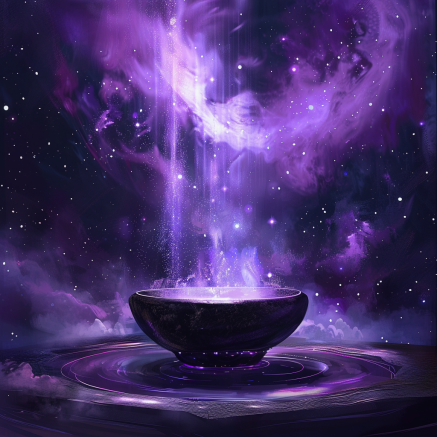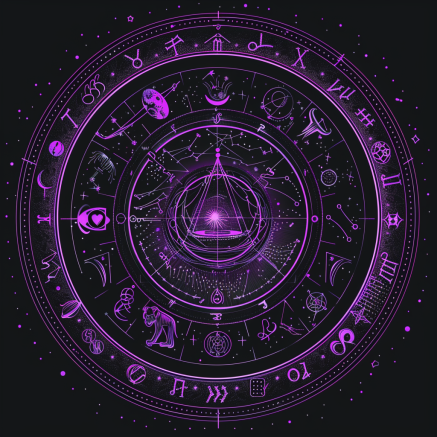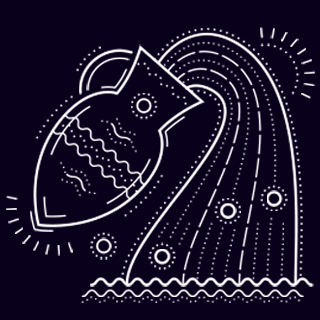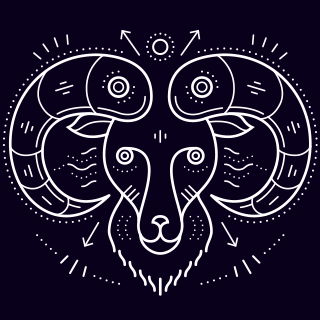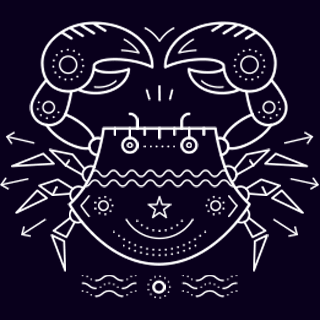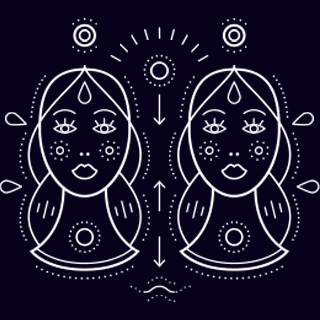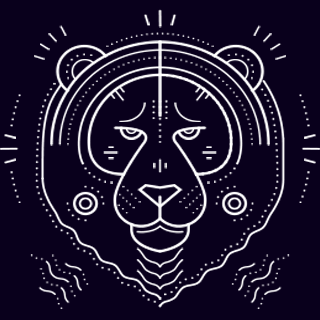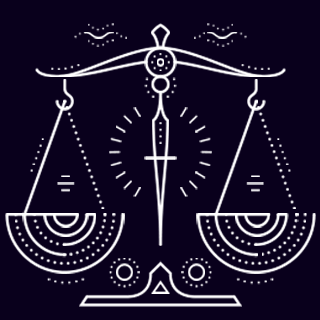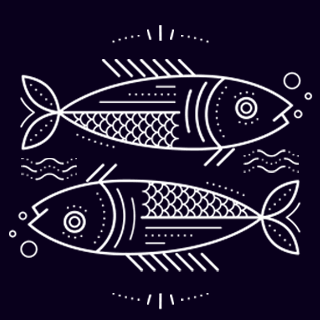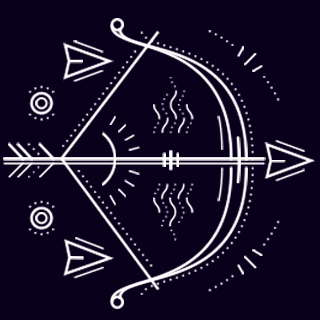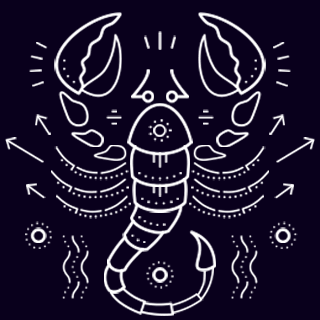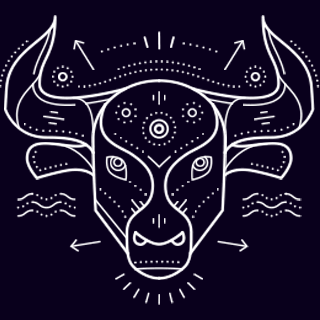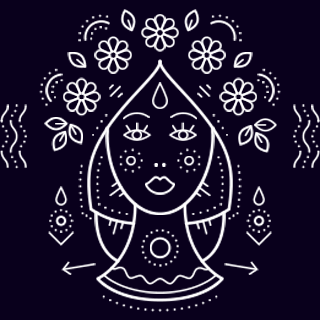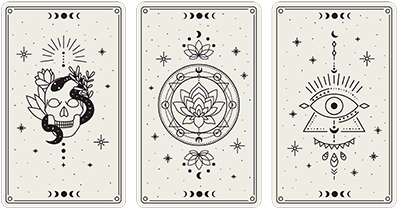A Beginner’s Guide To Tarot
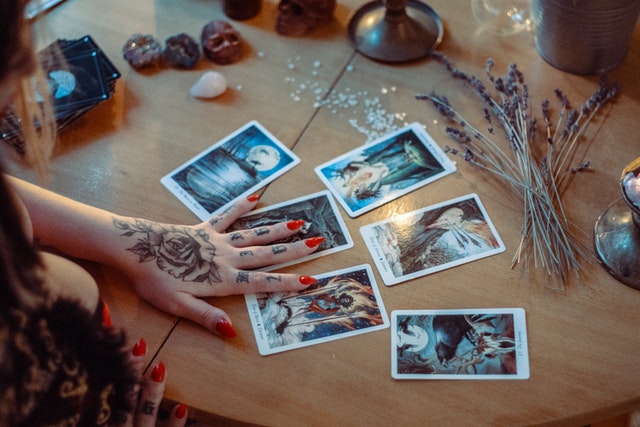
Despite the more common belief, tarot cards did not originate from Italy. They originally existed in 15th century Persia, known as the “Mamluk” cards. They were used for strategizing and would later evolve for many purposes throughout history, slowly becoming part of the occult. When Mamluk cards reached Italy, high-class families would commission artists to replace the cards’ imagery to include more western and religious iconography to call them “Tarot”.
Journey of Tarot Itself
Interestingly somewhere along the line, tarot used to strategize battles also started being used to weigh decisions about the future. This dip into fortune-telling allowed the cards to be part of the occult and then used for divination purposes.
In fact in the later era, when science introduced psychoanalysis, the cards became popular again as the symbolism in the card was widely known for bringing people insights about themselves. This association with exploring the unconscious and unknown allowed the cards to become a more common tool to reflect and grow even if people were not interested in their esoteric nature.
Journey Of Self
In all, every tarot deck has 78 cards, divided into two groups, Major Arcana and Minor Arcana. 22 Major Arcana cards represent the big archetypal lessons and cycles that one goes through when seeking enlightenment.
In addition to this, there are 56 Minor Arcana cards divided into four suits of 14 cards each. Each of the suits represents an element; Pentacles for Earth, Swords for Air, Cups for Water, Wands for Fire. Each element correlates to how we deal with life.
For example, the Suit of Cups related to water represents our emotions and relationships. The Suits of Swords represent Air, which is our wisdom and thoughts signifying how we communicate and take action using the mind. The cards put side by side, depict the journey of mastering the elements and in the end can show you the way to yours.


